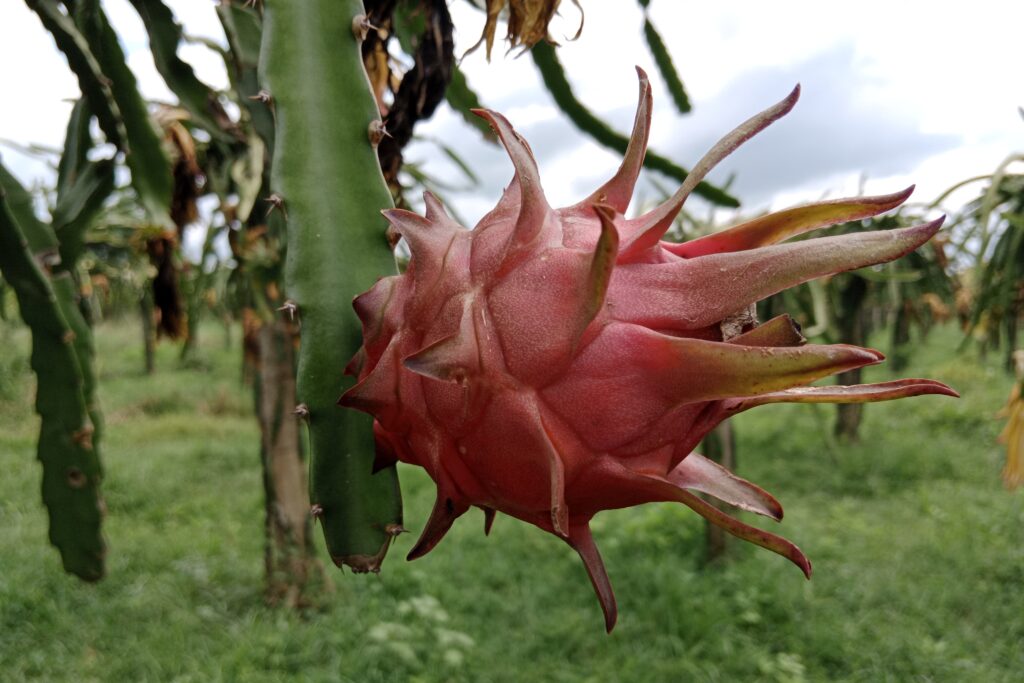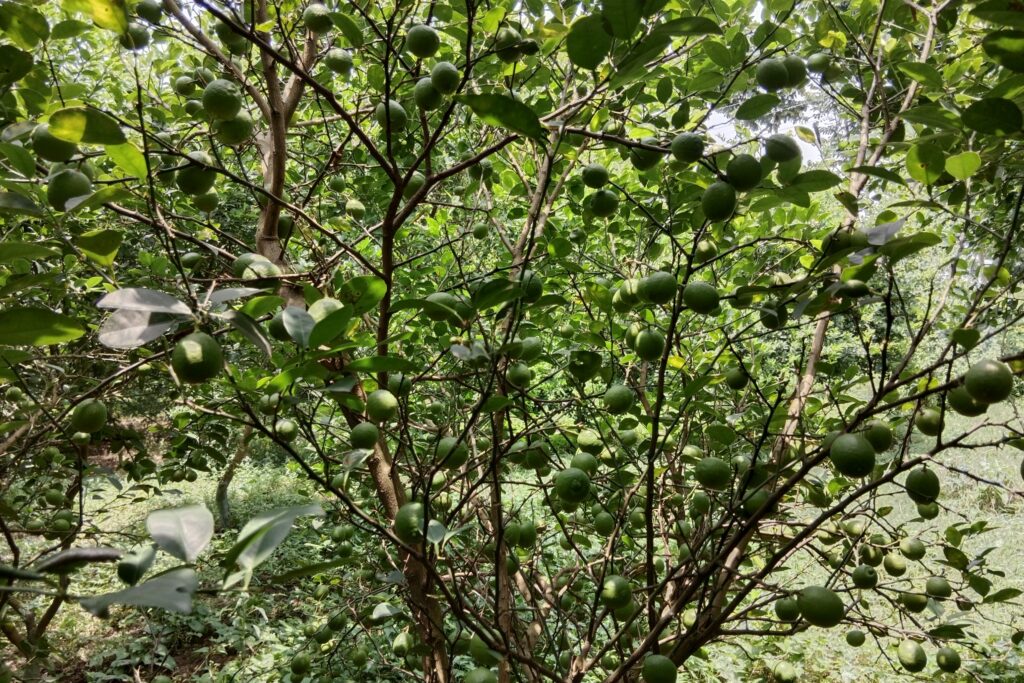What is a biomembrane?
Cells are composed of various compartments, each enclosed and separated by biomembranes. Biomembranes play a crucial role in maintaining cellular organization and regulating the exchange of substances between compartments. They are fundamental in facilitating cellular processes by providing specialized environments for biochemical reactions.
Types of Biomembranes
Biomembranes are categorized into simple biomembranes and double biomembranes, based on their structural composition and roles within the cell.
Simple Biomembranes
Simple biomembranes consist of a single lipid bilayer that forms a flexible yet stable barrier, crucial to compartmentalizing cellular processes. They are primarily involved in regulating material transport, maintaining cell structure, and facilitating intracellular communication. Key examples include:
Plasmalemma (Plasma Membrane)
This is the outermost membrane of the cell, separating the internal contents from the external environment. It is selectively permeable, allowing essential molecules like nutrients to enter while expelling waste. It also facilitates cell signaling and interaction with its surroundings.
Tonoplast
This membrane encloses the vacuole, an organelle responsible for storage and maintaining cellular osmotic balance. The tonoplast regulates the exchange of ions, water, and solutes between the vacuole and cytoplasm, crucial for cell turgor and pH balance.
Endoplasmic Reticulum (ER) Membranes
The ER membrane surrounds the network of tubules and sacs within the cell, where protein and lipid synthesis occur. It facilitates the transport of synthesized molecules to various destinations within the cell.
Golgi Membranes
These membranes enclose the Golgi apparatus, a critical site for modifying, packaging, and sorting proteins and lipids for secretion or transport to other organelles.
Vesicle Membranes
Vesicles are small, membrane-bound compartments that transport substances between different regions of the cell. Their membranes maintain the integrity of the transported materials and ensure their delivery to specific destinations.
Double Biomembranes
Double biomembranes are composed of two lipid bilayers, providing enhanced compartmentalization and functional specialization for organelles. This structural complexity is essential for processes requiring distinct microenvironments and greater regulatory control. Key examples include:
Nuclear Envelope
The nuclear envelope encloses the nucleus, isolating the genetic material from the cytoplasm. It is composed of an inner and outer membrane, containing nuclear pores that enable the selective transfer of RNA, proteins, and other molecules. This exchange is essential for maintaining gene expression and regulating cellular activities.
Envelope of Plastids (e.g., Chloroplasts)
Plastids, such as chloroplasts, are enclosed by a double membrane that isolates the internal stroma and thylakoid membranes where photosynthesis occurs. This compartmentalization is crucial for energy capture, carbohydrate synthesis, and the storage of pigments or starch.
Envelope of Mitochondria
The double membrane of mitochondria consists of an outer membrane and a highly folded inner membrane (cristae). This structure supports efficient energy production through oxidative phosphorylation while segregating metabolic processes, such as the Krebs cycle, in the mitochondrial matrix.
Cell Wall
Although not a lipid membrane, the cell wall surrounds the plasmalemma in plants, providing structural support and protection. It is hydrophilic and slightly acidic, enabling the exchange of water and nutrients while maintaining the cell’s shape and integrity.
Tonoplast and Vacuole
The tonoplast, a hydrophobic and selectively permeable membrane, encloses the vacuole. The vacuole’s hydrophilic and acidic interior plays a critical role in storage, waste degradation, and maintaining turgor pressure for cellular rigidity.
Properties of Biomembranes and Related Structures
Biomembranes and their associated structures exhibit distinct physical and chemical properties, enabling them to perform their specific roles within the cell. These properties are closely linked to their composition and functional requirements, as outlined below:
Cell Wall
- The cell wall is a rigid, hydrophilic structure located outside the plasmalemma in plant cells, fungi, and some prokaryotes.
- Composed primarily of cellulose, hemicellulose, and pectin, it has a slightly acidic nature due to its ionic constituents.
- Its hydrophilicity facilitates water and nutrient exchange, while its rigidity provides mechanical support, shape, and protection against physical damage and pathogens.
Plasmalemma (Plasma Membrane)
- The plasmalemma is a hydrophobic structure consisting of a phospholipid bilayer interspersed with proteins, cholesterol, and carbohydrates.
- It is selectively permeable, allowing the regulated transport of ions, nutrients, and waste while maintaining the internal environment.
- This membrane also facilitates cell signaling, adhesion, and communication with the external environment, critical for cellular responses and homeostasis.
Cytoplasm
- The cytoplasm is a hydrophilic, gel-like substance filling the space between the cell membrane and organelles.
- With a neutral to slightly alkaline pH, it serves as the primary medium for enzymatic reactions, metabolic processes, and intracellular transport.
- It provides a supportive environment for organelles and acts as a reservoir for ions, proteins, and other molecules essential for cellular function.
Tonoplast
- The tonoplast is a selectively permeable, hydrophobic membrane that surrounds the vacuole in plant cells.
- Its main function is to regulate the transfer of ions, nutrients, and waste between the vacuole and the cytoplasm.
- This controlled exchange helps maintain osmotic balance, supports cellular turgor, regulates pH levels, and aids in detoxification.
Vacuole
- The vacuole is a large, hydrophilic organelle in plant cells filled with an acidic solution containing water, ions, enzymes, and metabolites.
- It acts as a storage reservoir for nutrients, waste products, and secondary metabolites such as pigments or toxins.
- By regulating osmotic pressure and maintaining cell turgor, the vacuole plays a vital role in supporting the structural integrity of the cell and contributing to overall cellular homeostasis.
Structure and Dynamics of Biomembranes
Biomembranes are intricate and dynamic structures that are essential for maintaining cellular organization and functionality. They are described by the fluid mosaic model, which highlights their flexible and heterogeneous nature. The key structural and functional components of biomembranes include the following:
Phosphatidylcholine
- This is a major phospholipid found in biomembrane bilayers, contributing significantly to the membrane’s structural integrity.
- Its amphipathic nature, with hydrophilic heads and hydrophobic tails, forms the basic framework of the bilayer, allowing selective permeability.
Membrane Lipids
- These lipids form the bilayer, serving as the fundamental scaffold of biomembranes.
- The bilayer’s composition, including phospholipids, glycolipids, and cholesterol, determines membrane fluidity, permeability, and stability.
- Cholesterol, in particular, modulates fluidity by preventing excessive movement of phospholipids at high temperatures and maintaining flexibility at low temperatures.
Membrane-Anchored Proteins
- Biomembranes contain integral and peripheral proteins that perform diverse roles.
- Integral proteins are embedded within the bilayer, facilitating transport of molecules, acting as receptors, and participating in signal transduction.
- Peripheral proteins are loosely associated with the membrane surface and are involved in structural support, enzymatic activity, and cellular communication.
Dynamics of Biomembranes
Biomembranes are not static; their components exhibit remarkable dynamism that is crucial for cellular processes:
Lateral Movement
Phospholipids and proteins move laterally within the bilayer, allowing membranes to remain fluid and adaptable. This lateral mobility is essential for processes like membrane fusion, endocytosis, and signal transduction.
Flip-Flop Movement
Though less common, phospholipids can move between the two layers of the bilayer. This movement is facilitated by specialized proteins called phospholipid translocators or flippases, floppases, and scramblases. These proteins ensure the asymmetric distribution of lipids, which is critical for membrane functionality and signaling.
Membrane Fluidity
The dynamic nature of membranes, regulated by lipid composition and temperature, enables them to adapt to environmental changes, maintain their integrity, and support protein functions.
Functional Implications
This dynamic interplay of lipids and proteins ensures that biomembranes can:
- Effectively compartmentalize organelles, creating specialized environments for biochemical reactions.
- Regulate the exchange of ions, nutrients, and signals between the cell and its surroundings.
- Respond to external stimuli and facilitate communication with other cells.
- Maintain structural integrity while allowing flexibility for cellular processes like growth, division, and movement.
In essence, the structure and dynamics of biomembranes are central to their role as both a protective barrier and an active participant in maintaining the cell’s internal environment and facilitating its interaction with the external world.



Pingback: Plant Cell Wall: A Complex Framework for Plant Growth -